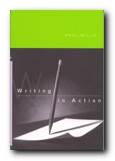addresses, contacts, resources, and advice for writers
The Writer’s Handbook is the ‘other’ reference manual for writers and people working in the media. It lists publishers in the UK and the US, offers advice to would-be writers on how to place their work, and counsels them on how to deal with agents and middlemen if they have the luck to be ‘accepted’. It’s a comprehensive guide which even goes into the detail of listing the key personnel you need to contact if that deathless prose of yours is ever to see the light of public day. How does it differ from the more established Writers and Artists Year Book?
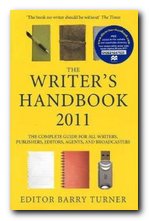 Well, it spreads itself just a little more generously across a wider range of media. There’s a bit more here on newspapers and magazines, more on radio, TV, small presses and theatre companies. There’s a particularly good section on library services, and there are tips on writing from well-known authors.
Well, it spreads itself just a little more generously across a wider range of media. There’s a bit more here on newspapers and magazines, more on radio, TV, small presses and theatre companies. There’s a particularly good section on library services, and there are tips on writing from well-known authors.
It’s updated every year, and many of the entries are annotated with subjective but useful comments on how much people pay – an important issue for hard-pressed writers. New features for the latest edition include how to crack the American market; e-books and the future of hard print; how to get into travel writing; and how newspaper serialisations work.
This is the information you will need for Getting Published. Recent editions have also featured best-seller lists and articles written by successful authors. There’s not a lot to choose between this and the Yearbook. Have a look at both and decide which one suits you.
© Roy Johnson 2000
Barry Turner (ed), The Writer’s Handbook, London: Macmillan, (issued annually) pp.832, ISBN: 0230207294
More on publishing
More on writing skills
More on creative writing
More on grammar
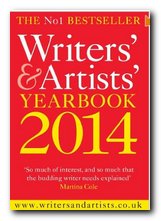 The Writers’ & Artists’ Yearbook
The Writers’ & Artists’ Yearbook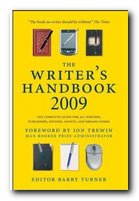 The Writer’s Handbook
The Writer’s Handbook The Guardian Media Directory
The Guardian Media Directory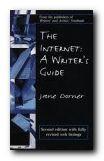 The Internet: A Writer’s Guide
The Internet: A Writer’s Guide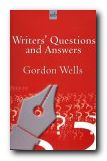 Writers’ Questions and Answers
Writers’ Questions and Answers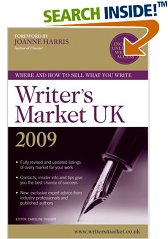 Writer’s Market UK 2009
Writer’s Market UK 2009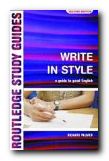
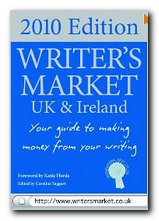

 Hot Text: Web Writing that Works
Hot Text: Web Writing that Works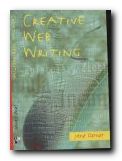 Creative Web Writing
Creative Web Writing